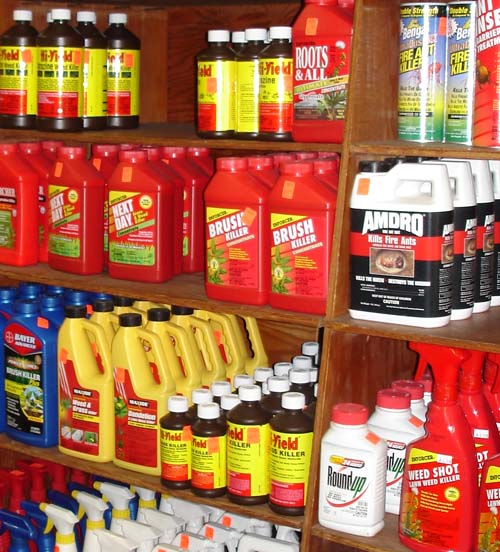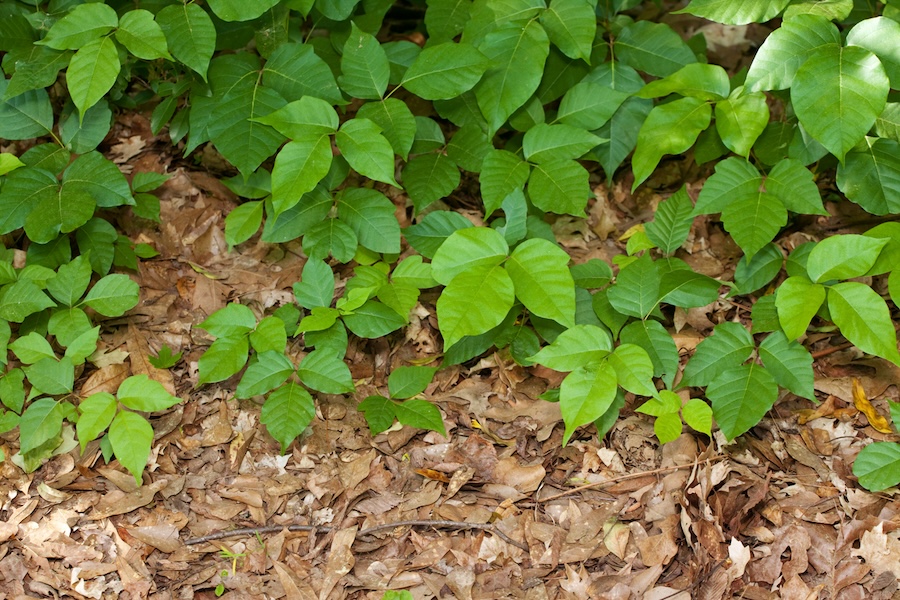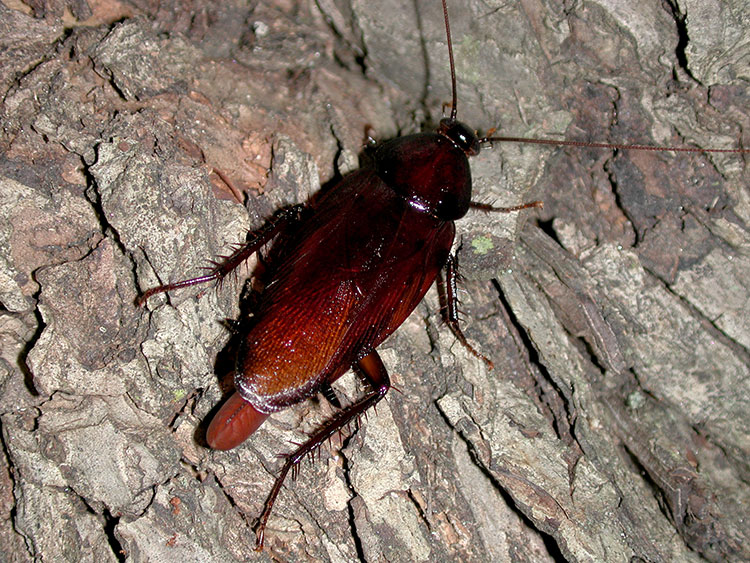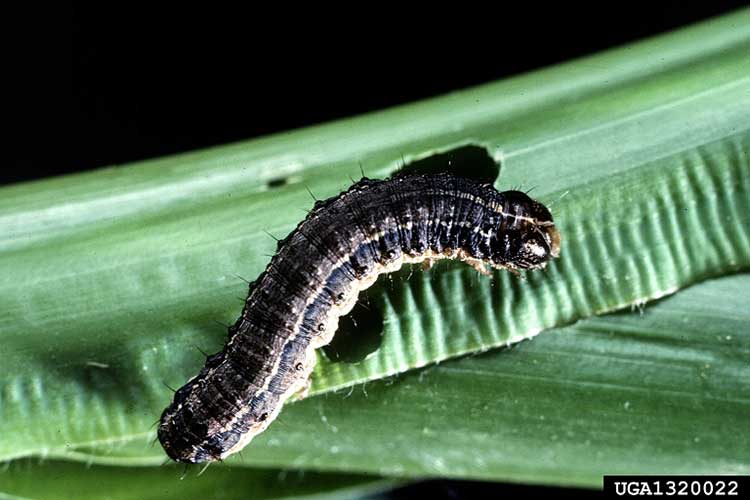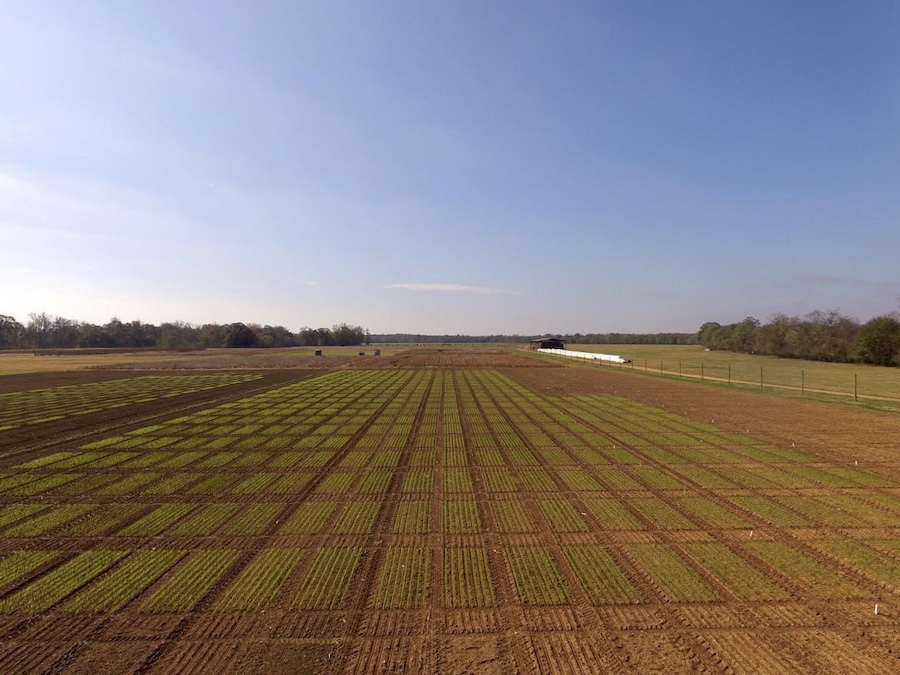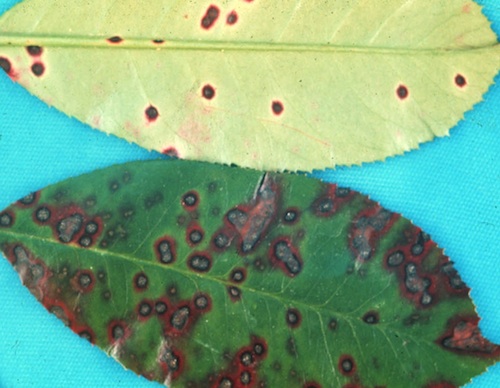Last Friday, retired University of Georgia Extension Agent Walter Reeves sent an email to several Georgia Extension agents. He shared a link to a CNN story about a man who accidentally killed his 40,000 square foot lawn with a product he thought was just for weed control.
Walter attached the product label, both front and back. A debate ensued as to whether the manufacturer made it clear that this product would kill everything. On the back of the bottle under Use Precautions, it plainly stated, “Do not Use on Desirable Plants,” and “Do not Use in Lawns.”
A huge mistake
The herbicide contained the active ingredients glyphosate, which most of you know as Roundup, and prodiamine, which blocks new plant growth.
So the poor guy not only lost his grass, but he can’t replant for a while due to prodiamine in the herbicide. He said he talked to three employees at his local garden center before he bought the product, but none of them warned him that the herbicide would kill his lawn.
The story prompted me to remind everyone how important it is to read the label on a pesticides and herbicides. When people call me about a pesticide, I try to always tell them, “No matter what I tell you, read the label.”
The label gives you important information about how to use the pesticide effectively and safely. You should try to read the label before you buy the product and read it again each time you use the product.
Memory doesn't always serve correctly
Do not rely on your memory when you buy a pesticide you have used before. Read the name of the pesticide product carefully because many pesticides for the home, yard and garden have similar names and packaging. Be sure you are buying the right product.
I have even had people tell me they accidently sprayed their lawn or some plants with an herbicide when they thought they had picked up an insecticide, so pay attention to what you grab from your own shelf.
Getting into the habit of looking at the label every time you use a product can prevent these kinds of mix ups from happening, and also keeps you, your landscape and the people around you safe.
Follow directions exactly
It is important that you follow the directions exactly as they are given on the label, and only use the pesticide on sites or crops that are listed on the label. When a plant or crop is not listed on the label, it could mean the pesticide has not been tested on them, but it could also mean it will harm or kill that plant or crop.
The pesticide label will tell you how to apply the product, when to apply it an how much to use for different areas and different pests. For example, an insecticide may list one using one amount for certain insect pests, and another amount for other pests. Never use more than the label prescribes.
Using more can be wasteful, damage the plants, leave an excess amount of the chemical on your food crops or harm nontarget organisms such as beneficial insects.
The label will also tell you whether a product is safe to use inside your home, whether its safe to use on food crops and whether you need to keep children and pets away from a treated area after you spray.
Many turf and ornamental pesticides should not be used on vegetables, fruit crops, herbs or anything else you plan to eat.
Make note of precautions
The pesticide label also will list special precautions to take. These include keeping other people — especially children — and pets away from the area where the pesticide was applied. It will also include warnings about not applying pesticides when it is wet or windy to prevent the pesticide from drifting or running off into storm water.
Pesticide labels always contain a signal word that will tell you how toxic the product is to humans. These three signal words are caution, warning or danger. Signal words will usually be in capital letters. The least toxic products carry the signal word CAUTION. Products with the signal word WARNING are more toxic. The most toxic pesticides have DANGER on their labels. I believe all consumer-grade products now have CAUTION on their label.
And finally, the label will tell you what steps to take if someone has accidentally ingested or inhaled the chemical or gotten it on their skin or in their eyes.

